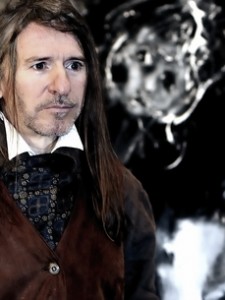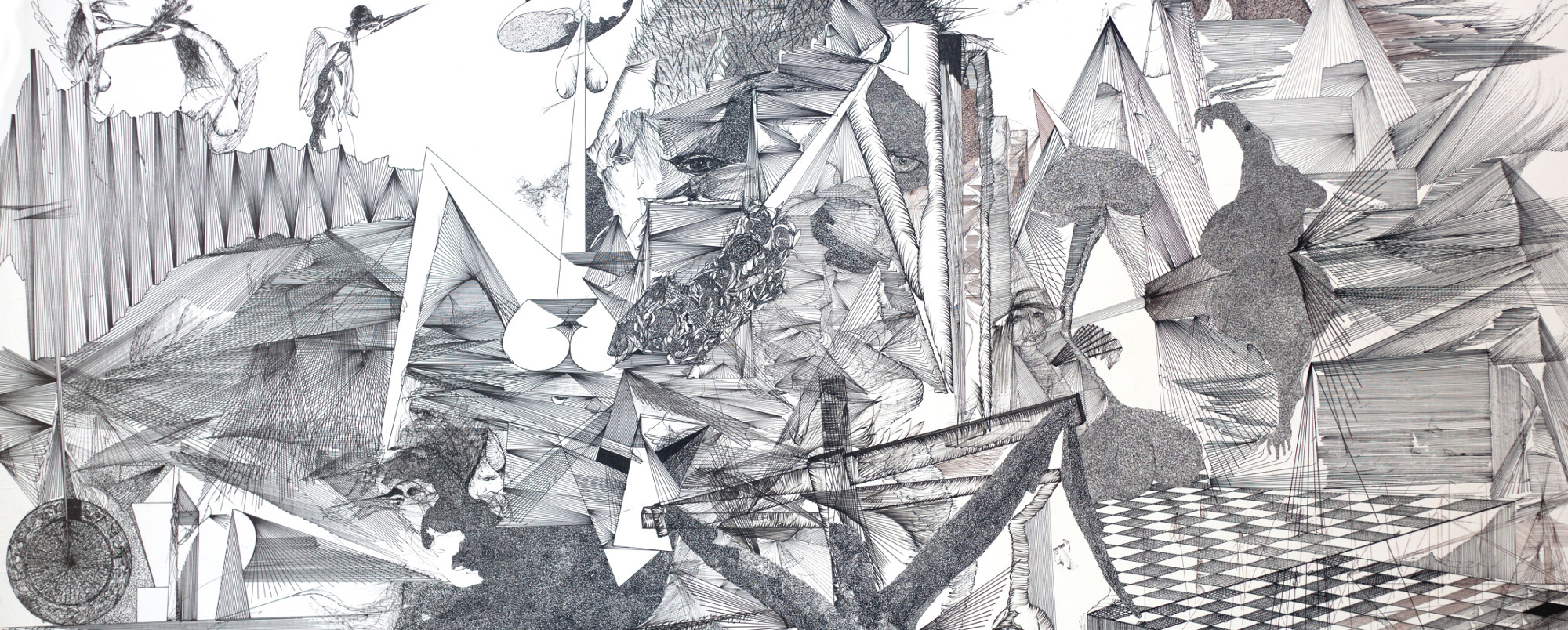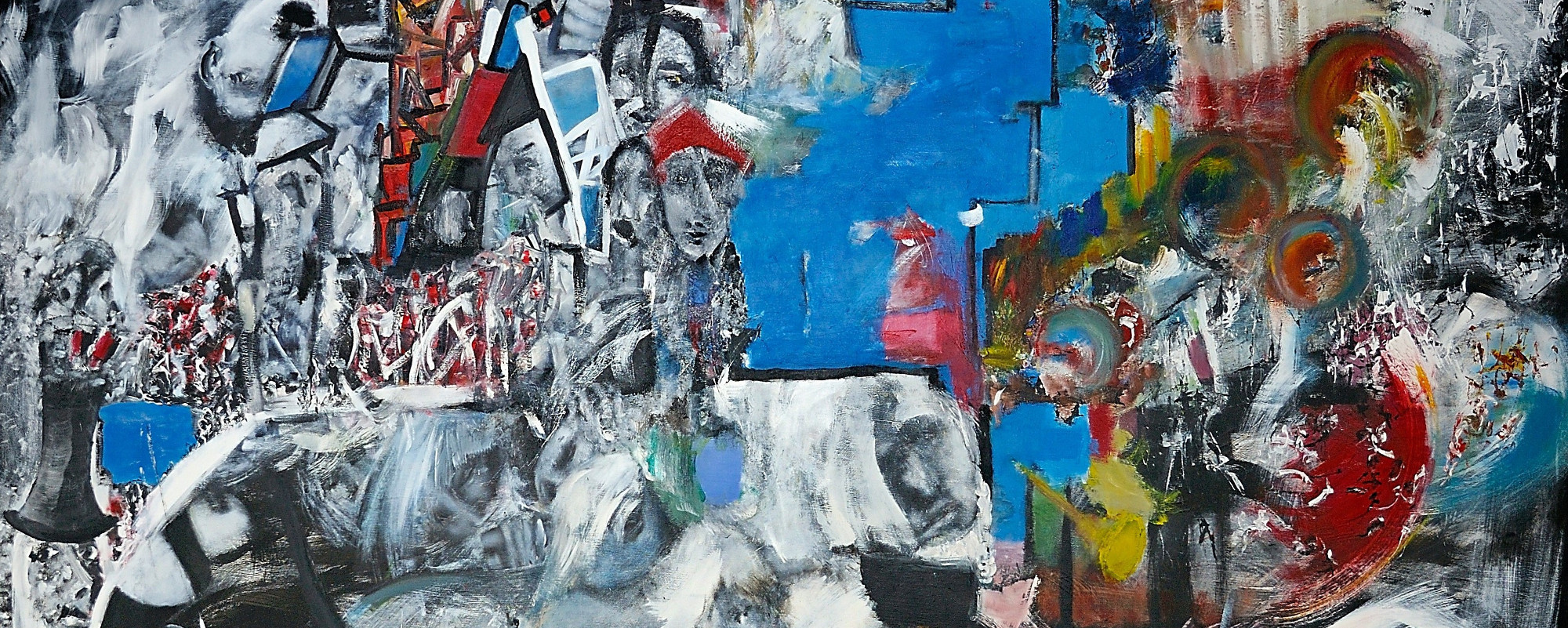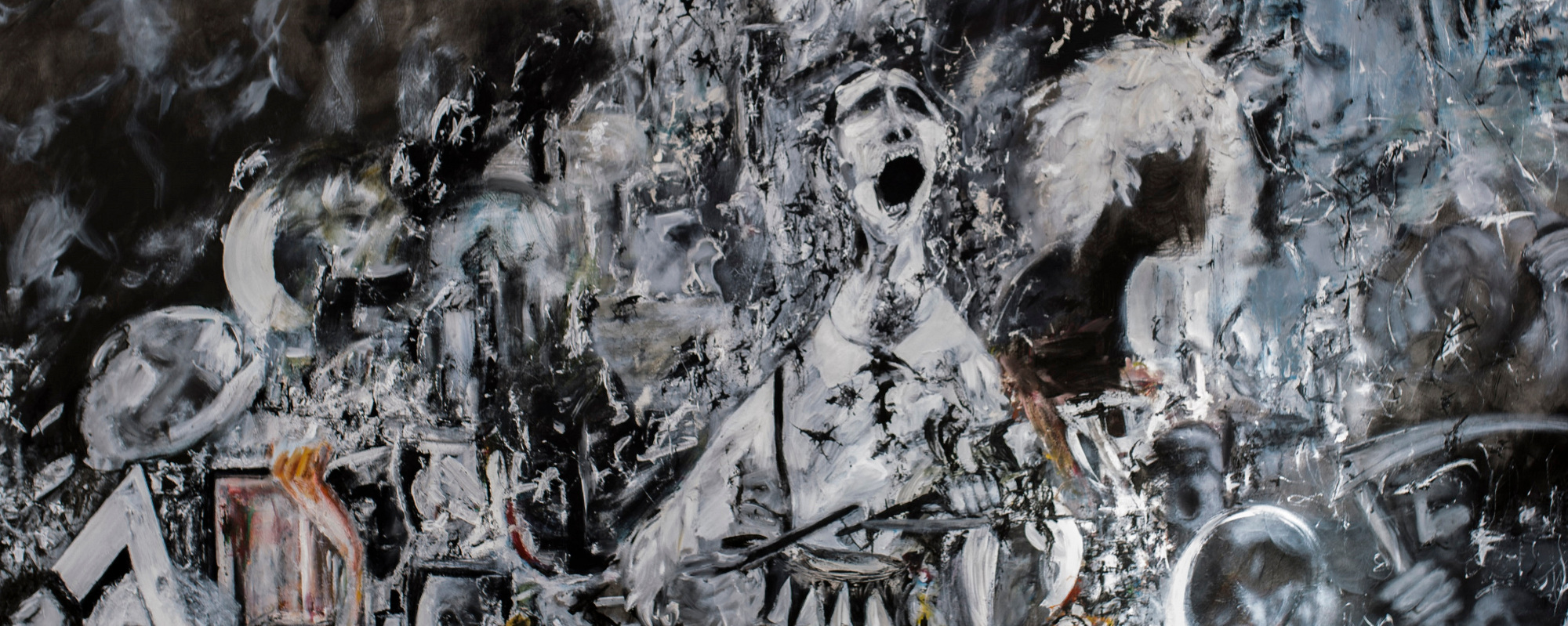 The artist Miro Niklewicz was born in 1957 in Danzig, Poland. While at school Niklewicz began to paint and to write poetry. Already at that time he became known as an illustrator of books. Constantly in conflict with himself and the world, he left school and home to travel around Poland and study for his painting. He also became politically active. He took part in demonstrations, was arrested by the police and experienced the heights and the depths of life that are reflected in his pictures.
The artist Miro Niklewicz was born in 1957 in Danzig, Poland. While at school Niklewicz began to paint and to write poetry. Already at that time he became known as an illustrator of books. Constantly in conflict with himself and the world, he left school and home to travel around Poland and study for his painting. He also became politically active. He took part in demonstrations, was arrested by the police and experienced the heights and the depths of life that are reflected in his pictures.
In 1978 he refused to be conscripted into the army and in consequence was sent to the psychiatric department of a military hospital. But even there he continued his artistic work. He befriended the doctors, who helped him to regain his freedom.
In 1983 Miro Niklewicz had to leave the polytechnic university for political reasons and two years later, in 1985, was dismissed from public service. From 1985 onwards he was involved in several student organisations which found work for people with alternative lifestyles and those who did not conform to the political line. At this time he also worked as a restorer.
In 1988 he left Poland and after a short stay in France emigrated to Germany. Various journeys, for example to England, inspired his artistic creativity (The English Channel, 315×165 cm, ink-drawing).
In 1993 Miro Niklewicz met the musician Csaba von Janko-Esterhazy. This acquaintance, which in time developed into a close friendship, had a profound influence on his work.
His work as a church-restorer proved to be an important enrichment for his artistic output. During the course of time he began to develop his own unique style. The most important theme of his pictures is the human being. In February 2000 he exhibited his pictures in the “Roar Studios in Melbourne under the title: “The Human Being”. It is not only true that human beings are the most important subject of his pictures, but he has regularly invested his time and energy to help people in need, organizing for example benefit events for those infected with HIV-AIDS.
In 2003 the artist became interested in the culture of the flamenco, from which evolved during the years that followed his flamenco-cycle. The flamenco pictures were exhibited in September 2010 at the Biennale of flamenco in the Flamenco Museum in Sevilla.
In 2004 on the occasion of Poland’s entry into the European Union Miro Niklewicz presented his pictures in the Louise Gallery in Hanover. During this exhibition he became acquainted with many international artists. One of these was the artist from Düsseldorf, Ignaz Offergeld, the pupil of Joseph Beuy, who offered him the opportunity to work together with him in his gallery. The artists parted ways after five months. “Art must remain free, without any preconditions” is Miro Niklewicz’s maxima when it comes to art and to life itself.
In May 2005 Niklewicz met the Dutch artist and theologian Paulus Remmers. Together they founded the “Barrikade”, a group of artists which endeavoured to restore the mid-European spirit into the contemporary cultural, social and political landscape. One of the first performance events of the “Barrikade” was the opening of the art-café Illegal.
In September 2006 Miro Nicklewicz exhibited in Art Center Florence the pictures that he had produced during his five and a half month stay in Florence. The artist and gallery owner Lucetta Risalitti, impressed by his artistic style of expression, offered the artist the use of her atelier. While in Florence he made the acquaintance of Silvia Loffredo and his wife the well-known American artist and pupil of Oskar Kokoschka, Susanne Newell. They supported the artist’s resolve to pursue his own style of painting.
In July 2007 Niklewicz produced 100 illustrations complementing the socially-critical texts of the new book “Schwachstellen” by the poet Hartmut Brie, the great-nephew of August Macke. Since then poet and artist have often worked together. In October 2010 a new poetry volume appeared, also illustrated by Miro Niklewicz.
2008/2009 the artist was involved in various exhibitions (Berlin, Hamburg, Hanover)
His piece Adam and Eve was auctioned in the main building of the Dresden Bank at a benefit event. The proceeds went to the children of the “Arche”
During this time Miro Niklewicz organised an exhibition under the title of “War and Peace”, in which 26 artists from the whole of Germany took part. In 2009 he was involved in a spectacular protest action at the Sprengel museum in Hanover.
In May 2010 the artist auctioned his pictures in Sofa Loft in Hanover. A part of the proceeds went to the schools in Niedersachsen. Socially and politically active, he continues to take part in various events. He is a member of the Bund Bildener Künstler and sees himself more and more as a European artist, for whom art represents the universal language of a people’s community.
Between 2010 and 2012 lots of smaller exhibitions took place in the Hanover area. The topics moving the artist are of present political and social origins.
In February 2012 the artist exhibited his complete cycle titled “Spanish Impressions” for the first time at the ARTforum Continental in Hanover. In September 2012 – in line with the biennial arts festival of Flamenco in Seville – Miro Niklewicz again opened his exhibition “Spanish Impressions” upon invitation of the Flamenco museum.
In 2014 exhibitions follow at the town hall of Hanover-Langenhagen titled “Quo vadis 2”, in which the artist deals with present political and social issues. At the same time Miro Niklewicz worked on his self-illustrated book “The City”. As realization of a long dream he embraces the task of illustration of the well known book “Don Quixote” by Miguel de Cervantes.
Upon invitation the artist joined the Art Monaco exhibition in July 2015, in which several interesting and meaningful encounters for his life as an artist took place. Invitation requests from many countries (USA, Japan, Austria, Spain, Ibiza, etc.) followed.
Currently (2016) Miro Niklewicz takes preparations for his upcoming exhibition in Vienna in April 2017. Planned are exhibitions in New York, Warsaw and Tokio, too.
His works are distributed in private and public possession in Germany and abroad.
At the moment the artist is living and working in Hanover.


